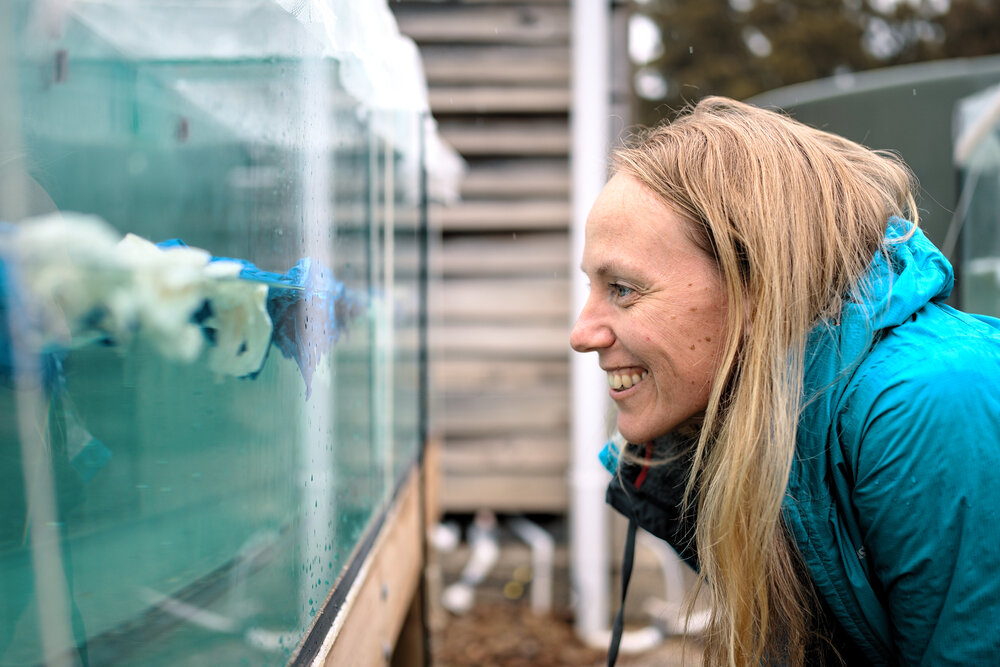New Study Finds Latex Balloons Not Biodegradable

This week, Adrift Lab researchers, Drs Morgan Gilmour and Jennifer Lavers, published the results of an experimental study in the Journal of Hazardous Materials (access the article here). The research investigated whether latex balloons are biodegradable, as is often claimed by commercial balloon producers and featured in balloon packaging and promotional materials.
Over a 16-week period, Morgan and Jennifer subjected two different types of balloons (traditional balloons, and those actively marketed as being “biodegradable”) to three environmentally-relevant conditions: freshwater, saltwater and industrial compost.
Overall, the research published found there was no meaningful degradation.
“In the absence of robust scientific information consumers have been unable to make informed decisions when presented with packaging claiming latex balloons are biodegradable. Our study is the first to characterise balloon degradation after exposing them to freshwater, saltwater and industrial compost.
We looked for changes in mass, tensile strength (‘stretchability’) and composition of the latex balloons. Overall, we found the balloons retained their original shape and size with composed balloons losing only 1-2% of their mass over 16 weeks.”
— Dr Morgan Gilmour
Remarkably, despite the environmental impact and longevity of balloons being a matter of debate between environmentalists and manufacturers, only one peer-reviewed study in 1989 has previously examined latex balloon degradation. While there have been two additional studies (a dissertation and an industry funded report), these provided conflicting data.
“Latex balloons are often marketed as biodegradable because latex is a natural product, but the manufacturing process adds many other chemicals and compounds. To create high-quality, long-lasting balloons, latex needs to be vulcanised with sulphur and compounds such as heavy metals, plasticizers, flame retardants and pigments are added to it. Ultimately, this means latex balloons are not “natural” and our results clearly show they do not undergo meaningful biodegradation over 4 months.
We hope that our research will inform the development of latex balloons that degrade within acceptable composting guidelines. But, until that happens, their presence in the environment will continue to contribute to anthropogenic waste and pose a serious threat t wildlife that ingest them.”
— Dr Jennifer Lavers
You can read more about this research in The Conversation.
Acknowledgements:
Adrift Lab are grateful to the following individuals/groups who helped make this project possible:
- Additional funding was provided by the Pay Me Group (especially C. Lindgren), Detached Cultural Organization, and a US-to-Australia Graduate Education Scholarship from the American Australian Association
- The Muwinina and Palawa people, the traditional owners of the land where this research took place
- Zoos Victoria ‘When Balloons Fly, Seabirds Die’ education program
- City of Hobart’s Waste Reduction Grants program and McRobies Waste Management Centre, especially J. Holmes and D. Suter
- Plasticwise Taroona, especially S. Bury
- J. Benjamin and D. Foo for photography and logistical support
- D. Haines at Agilent Technologies for use and advice regarding the ATR-FTIR instrument
- Numerous staff at the University of Tasmania, particularly M. Adams, M. Leef, C. Gerard, D. Holloway and A. Bylett
- A. Fleishman for generous assistance with statistical analysis